The EU is adopting stricter food safety and sustainability regulations to reduce environmental impact and ensure the quality of agricultural products.
EU tightens standards on imported agricultural products
Speaking with reporters from the Industry and Trade Newspaper, Ms. Nguyen Thi Hoang Thuy - Director, Head of the Vietnam Trade Office in Sweden, concurrently in charge of the Northern European market - informed that the EU has been applying many strict regulations on agricultural exports.
For example, the EU requires imported agricultural products to meet strict pesticide residue limits (MRLs). Certain chemicals that are not allowed to be used in the EU are completely banned from imported products.
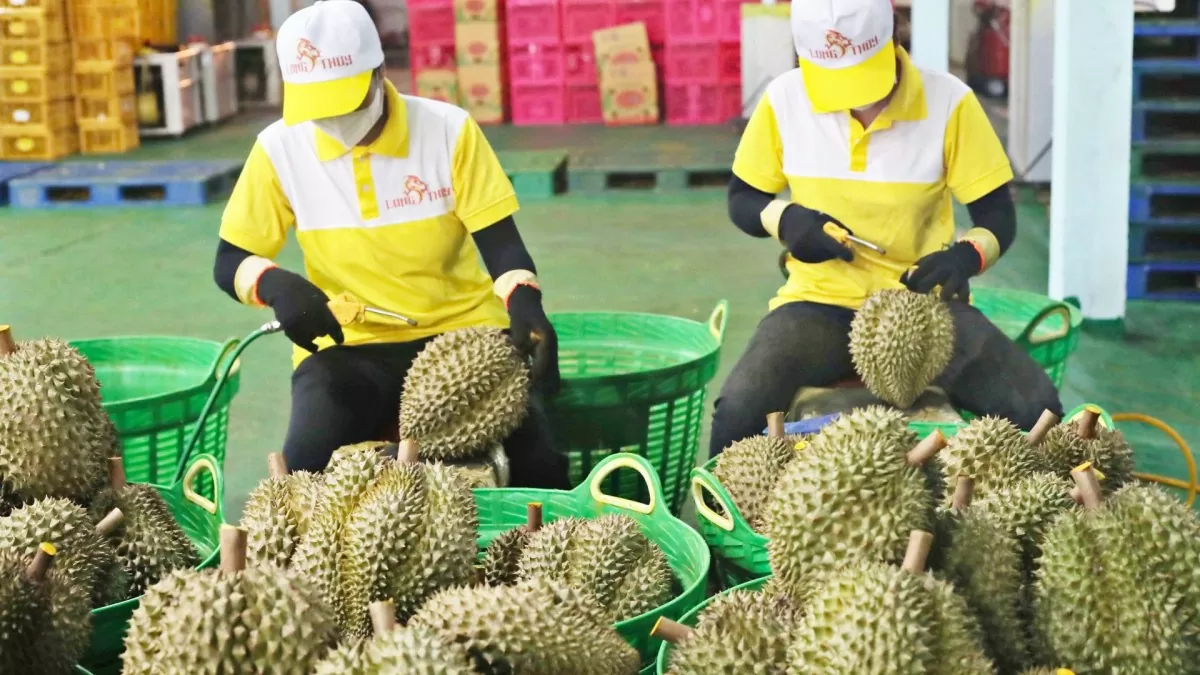 |
| The EU is tightening regulations on imported agricultural products (Photo: VGP) |
Regarding Phytosanitary Certificate, according to EU regulations, most fresh agricultural products imported into the EU need a phytosanitary certificate. This certificate ensures that the product does not carry harmful organisms.
The EU also applies higher inspection rates to products with a high risk of chemical residues from certain countries. For example, 50% for peppers from the Dominican Republic; 30% for oranges and peppers from Egypt; 10% for beans and 20% for peppers from Kenya.
Regarding honey, Ms. Nguyen Thi Hoang Thuy informed that the Nordic honey market, including countries such as Sweden, Denmark and Norway, is applying strict traceability regulations according to the EU Honey Directive (Directive 2024/1438). These changes aim to improve transparency, prevent honey adulteration and ensure product quality. This is both a challenge and a great opportunity for Vietnamese businesses wanting to access the Nordic market.
New traceability requirements in Northern Europe require honey to be clearly labelled with its country of origin. All honey blends must clearly state each country of origin on the main label. In addition, honey samples will be tested using advanced technology to ensure authenticity. The entire supply chain, from the hive to the final product, must be clearly documented.
“ In particular, by 2028, the EU will apply a standardized honey analysis method throughout the region,” informed Ms. Nguyen Thi Hoang Thuy.
Previously, according to the Ministry of Industry and Trade, from January 8, 2025, the European Commission (EU) issued a Regulation on reviewing and applying additional inspection measures and emergency measures to manage the import of agricultural products and food from outside the EU.
Specifically, the EU increased the frequency of inspection of durian products from 10% to 20%. The reason given is that in recent times, the rate of warnings about pesticide residues in durian shipments exported to the EU remains high.
The EU also applies a border inspection frequency of 30% for dragon fruit; okra and chili, the inspection frequency is 50%; and each shipment must be accompanied by a Food Safety Certificate and test results of pesticide residues in the product.
The reason is that in recent times, the number of shipments of dragon fruit, chili and especially okra exported to the EU are still being warned about, violating the regulations on maximum residue limits of pesticides (MRL) has not decreased, therefore, the EU still maintains the application of enhanced inspection measures as previously announced.
What should Vietnamese export enterprises to the Nordic market pay attention to?
The EU market in general and Northern Europe in particular, including Sweden, Denmark and Norway, are famous for their high demands on agricultural product quality, posing challenges but also bringing great opportunities for Vietnamese exporters.
In the context of the EU in general and the Nordic countries in particular tightening regulations on agricultural product imports, Ms. Nguyen Thi Hoang Thuy recommends that exporters need to ensure that their products do not exceed the permitted chemical residue level and meet strict requirements from Nordic importers. In particular, it is necessary to use plant protection chemicals approved by the EU. At the same time, chemical residues must be tested at internationally standardized laboratories before exporting.
Ms. Nguyen Thi Hoang Thuy also emphasized that phytosanitary certification is a mandatory requirement for products to enter the EU market. Therefore, businesses need to cooperate closely with quarantine agencies in Vietnam to ensure the inspection and certification process is correct. Apply treatment measures to eliminate the risk of harmful organisms.
“ Products from Vietnam may be in the high-risk category, leading to higher inspection rates. To avoid risks, businesses need to improve quality control at the source, especially for agricultural products such as chili, beans and tropical fruits. In addition, prepare complete records of production and inspection processes to promptly resolve problems when they arise,” Ms. Nguyen Thi Hoang Thuy recommended.
Good compliance with EU regulations not only ensures that products meet requirements but also builds credibility with Nordic customers. Businesses need to promote their commitment to quality and transparency in the supply chain. Connect with major Nordic import partners and participate in trade fairs to expand their customer base.
A special feature of the Nordic market is that Nordic consumers are particularly interested in sustainable products that do not harm the environment. This is why exporting companies need to demonstrate their efforts to protect the environment through certifications such as GlobalGAP, Rainforest Alliance or Fairtrade. At the same time, they apply measures to reduce environmental impacts throughout the entire supply chain.
Agreeing, at a recent press conference on the development of the agricultural sector as well as answering some related issues, Deputy Minister of Agriculture and Rural Development Phung Duc Tien said that one of the most important solutions today for sustainable agricultural exports is to organize production systematically in the direction of green economy, circular economy, digital transformation; closely from raw materials to processing and promoting trade.
In addition, the agricultural sector is making efforts to build production and farming areas with digital transformation, applying technology in management, traceability, and food safety along the chain. This is the condition for Vietnam to have a standard, transparent raw material area. Along with that, the harvesting, preliminary processing, and processing stages are improved to ensure quality, strengthen the production chain, and meet the increasingly high demands of the markets.
2024 marks a special milestone for Vietnam's agricultural, forestry and fishery exports, with a record turnover of 62.5 billion USD, an increase of 18.7% compared to 2023. Of which, the EU market accounts for 11.3%. |
Source: https://congthuong.vn/eu-siet-quy-dinh-voi-nong-san-doanh-nghiep-can-lam-gi-372917.html


![[Photo] General Secretary To Lam meets and expresses gratitude to Vietnam's Belarusian friends](https://vphoto.vietnam.vn/thumb/1200x675/vietnam/resource/IMAGE/2025/5/11/c515ee2054c54a87aa8a7cb520f2fa6e)
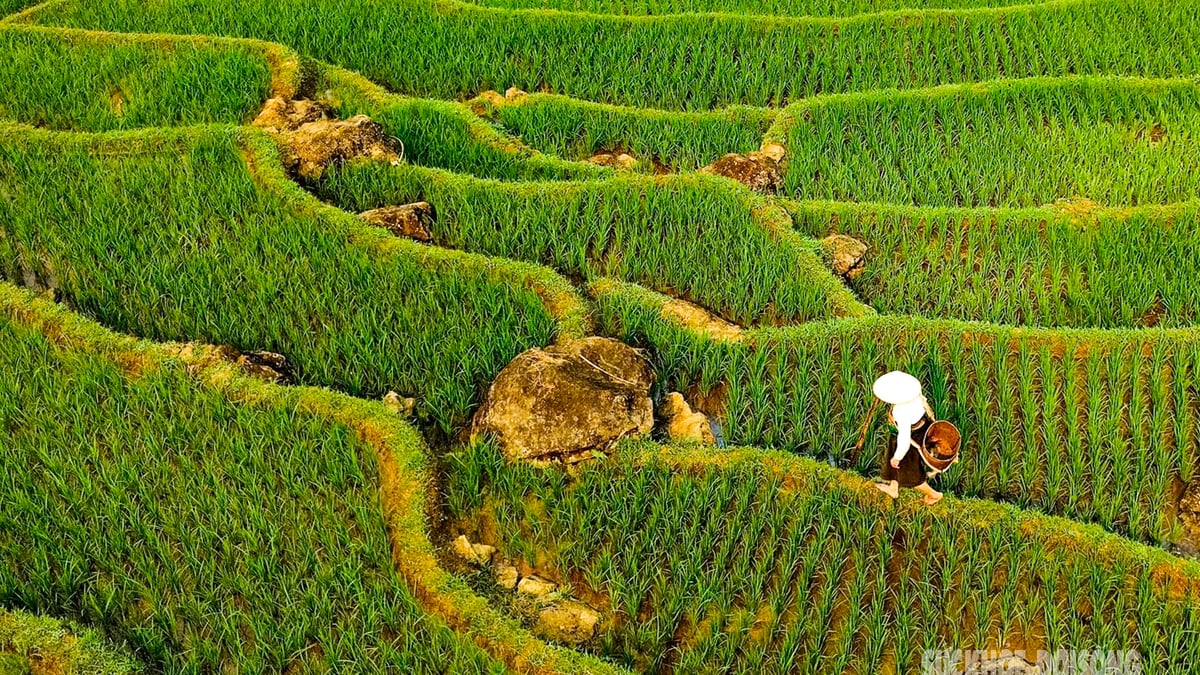

![[Photo] General Secretary To Lam concludes visit to Russia, departs for Belarus](https://vphoto.vietnam.vn/thumb/1200x675/vietnam/resource/IMAGE/2025/5/11/0acf1081a95e4b1d9886c67fdafd95ed)
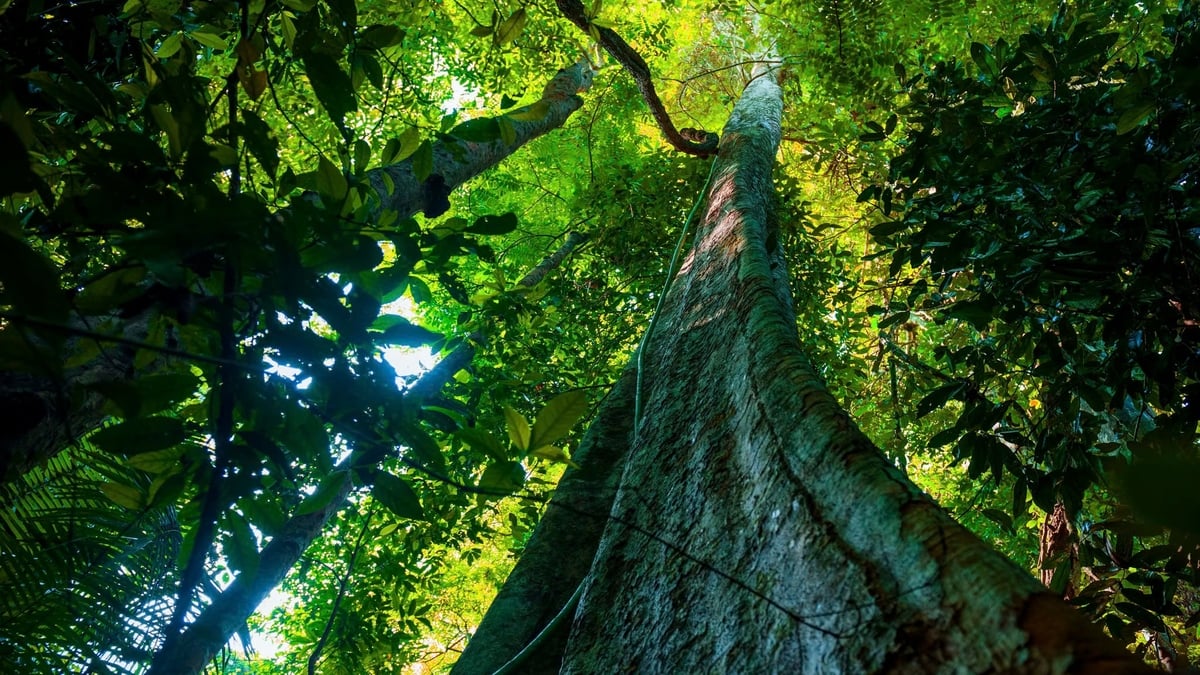
![[Photo] General Secretary To Lam arrives in Minsk, begins state visit to Belarus](https://vphoto.vietnam.vn/thumb/1200x675/vietnam/resource/IMAGE/2025/5/11/76602f587468437f8b5b7104495f444d)
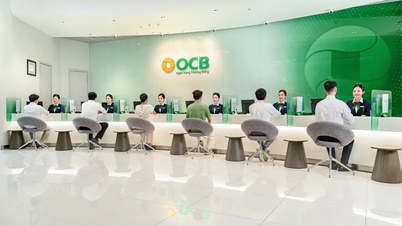



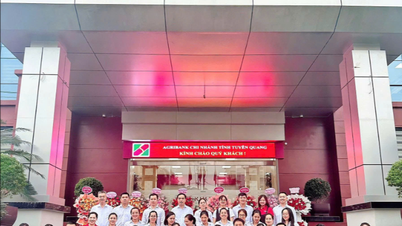




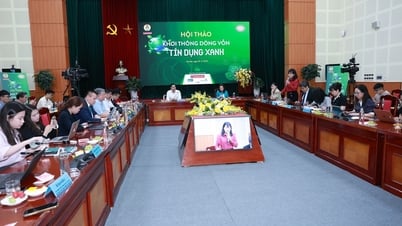
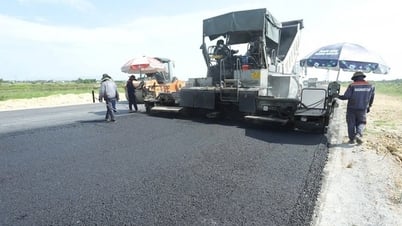
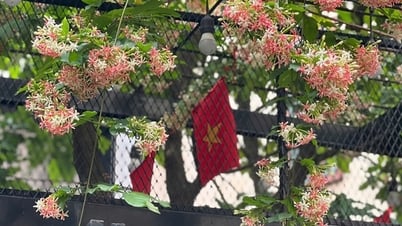
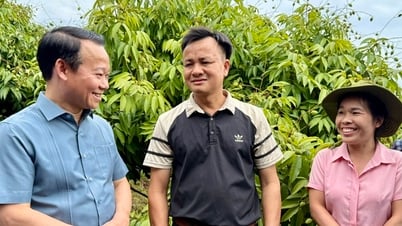
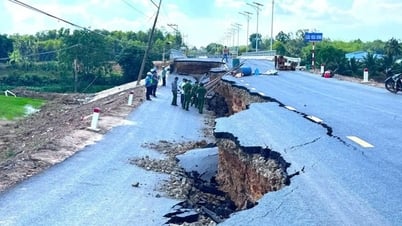






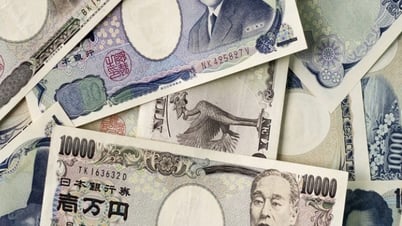
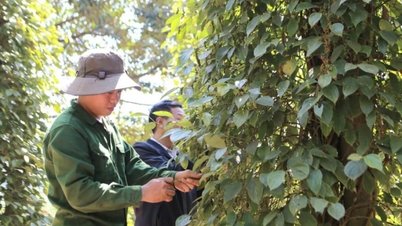
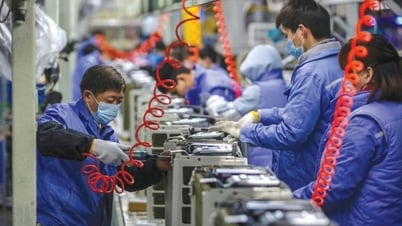
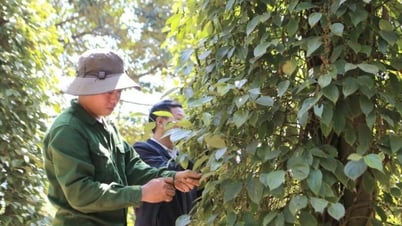

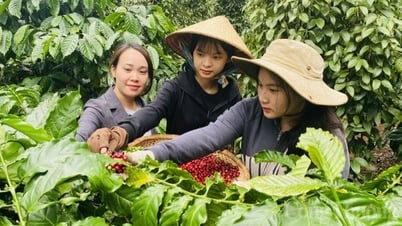
![[Photo] National Assembly Chairman Tran Thanh Man attends the Party Congress of the Committee for Culture and Social Affairs](https://vphoto.vietnam.vn/thumb/1200x675/vietnam/resource/IMAGE/2025/5/11/f5ed02beb9404bca998a08b34ef255a6)

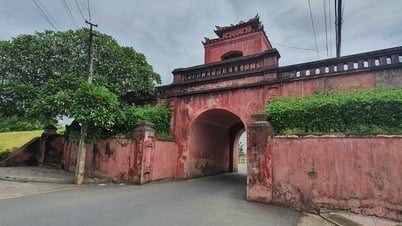



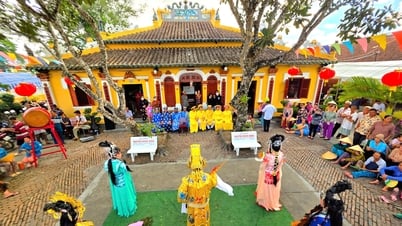
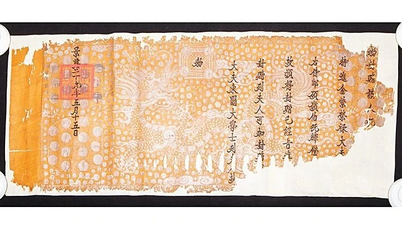

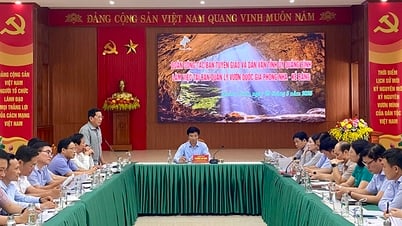









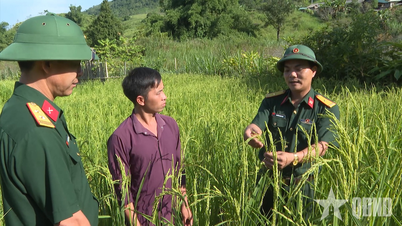








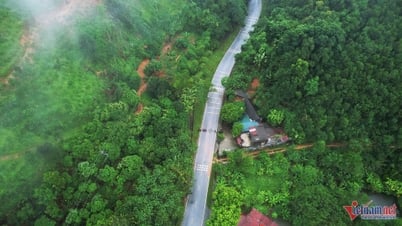


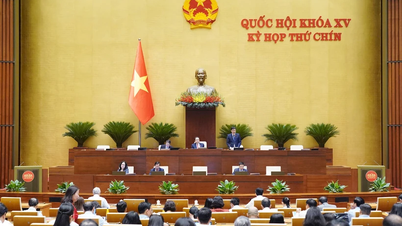








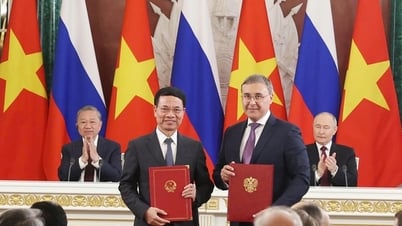




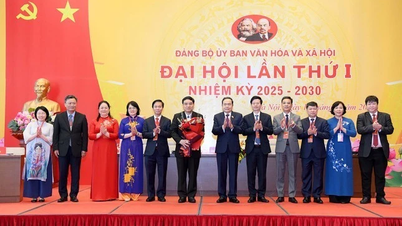

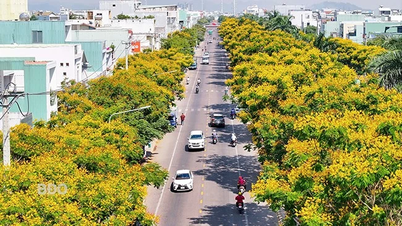
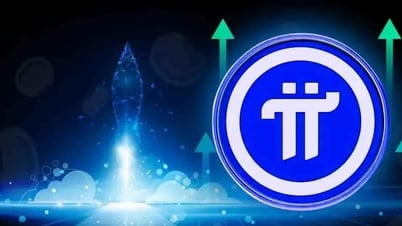

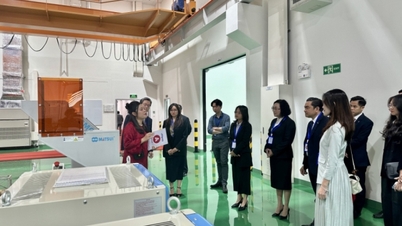

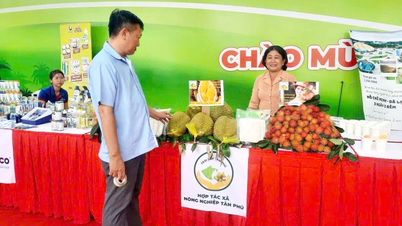

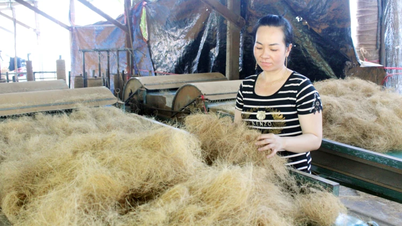


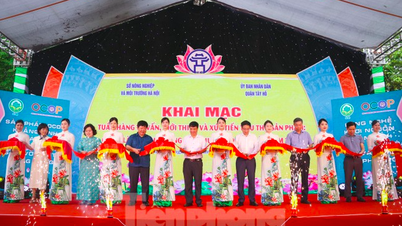

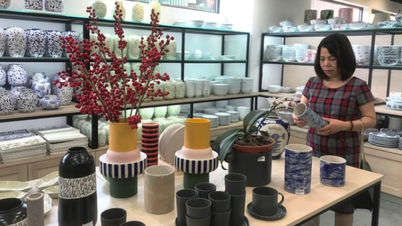
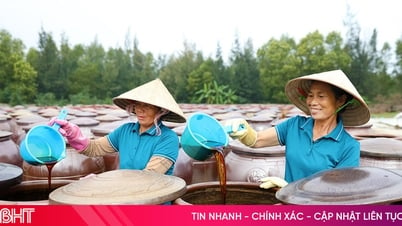



Comment (0)